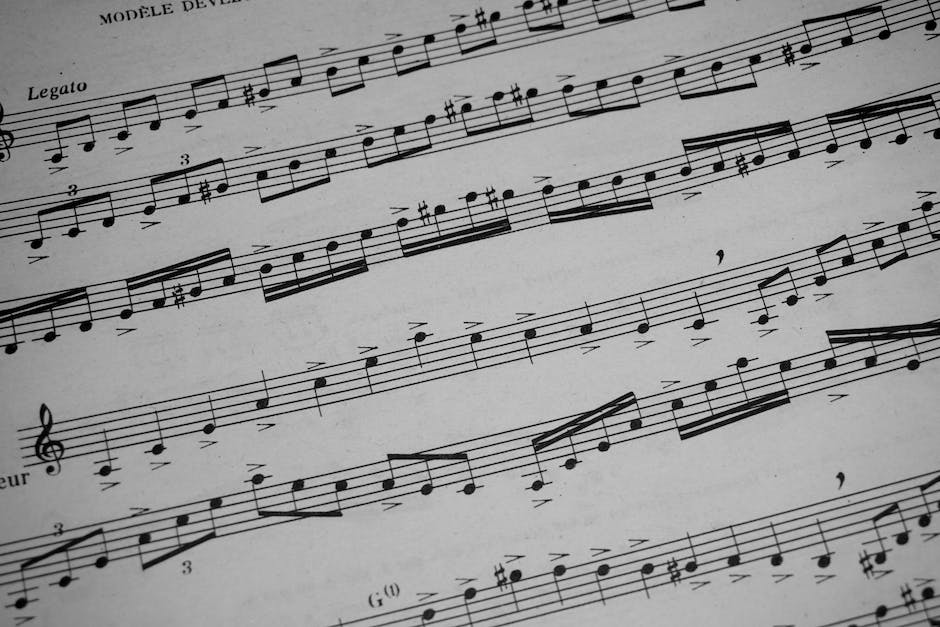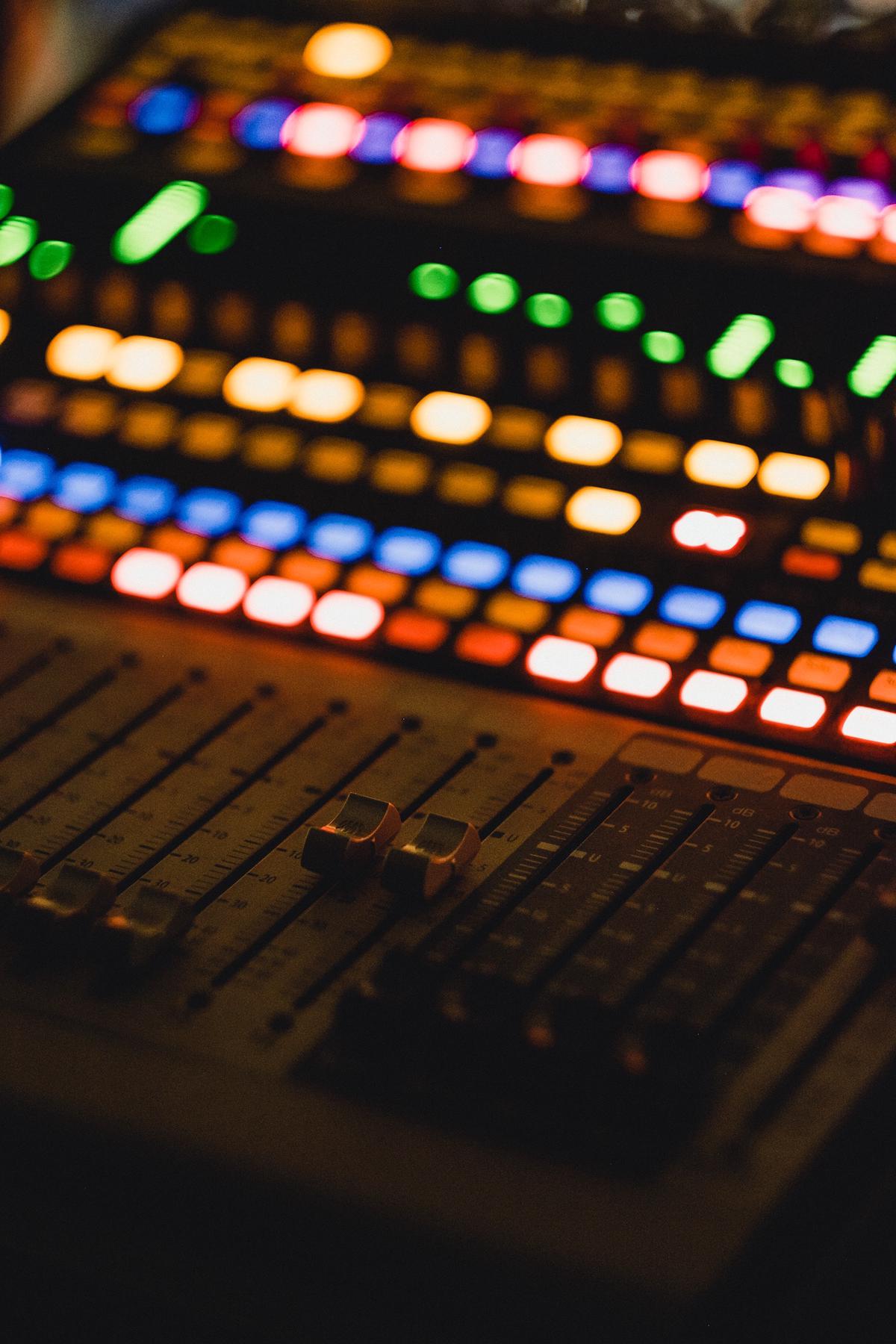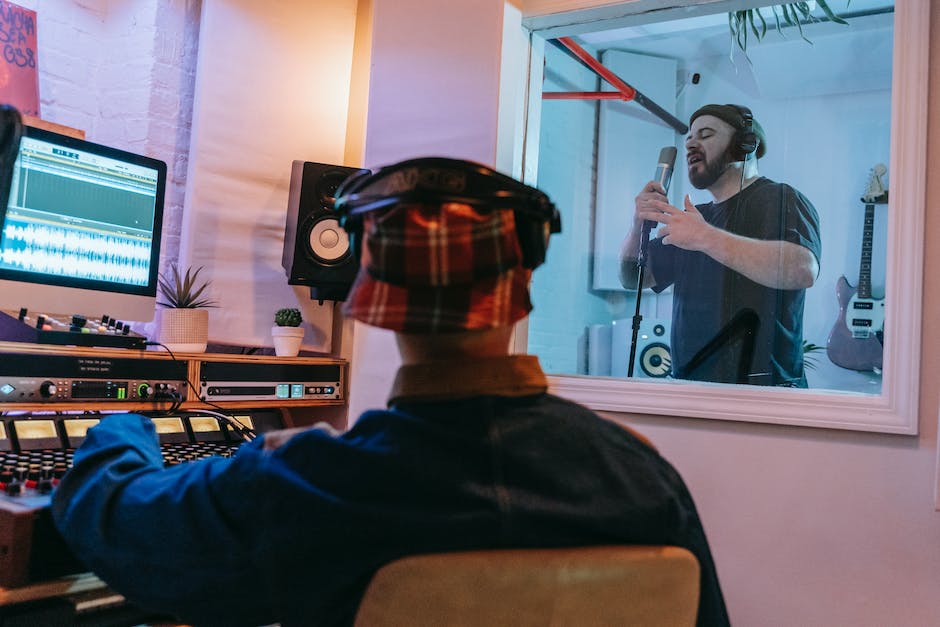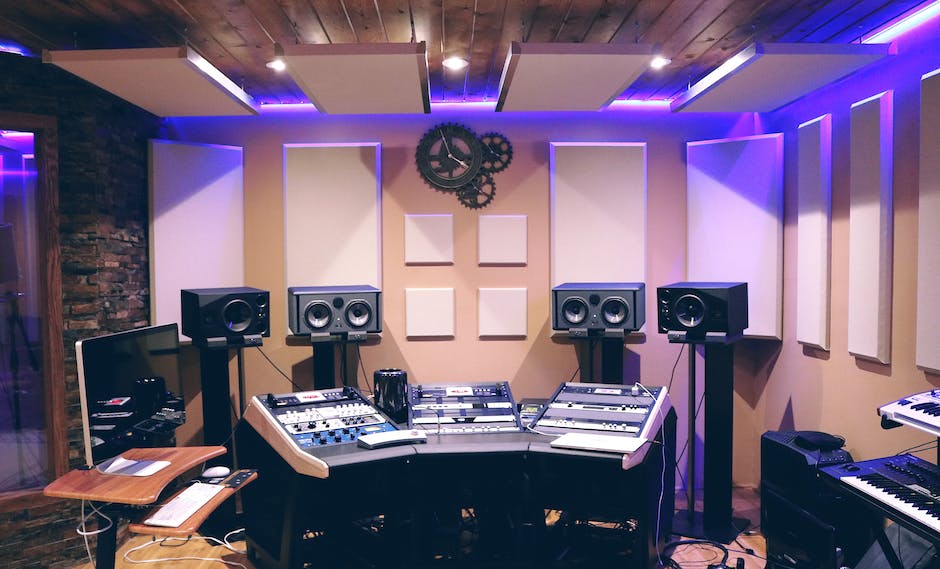Stepping into the world of music production always comes with an introduction to myriad terms and procedures, one of which is the term ‘overdubbing.’ Bridging the beautiful chaos of creativity and the discipline of technology, the principle of overdubbing fundamentally transforms the concept of sound production. Overdubbing refers to the technique where sounds are recorded on top of existing tracks, effectively creating layers that augment the aural output. It’s a quintessential element in modern music-making, influencing several genres spanning from pop to jazz and electronic to rock, underscoring its universality in crafting auditory masterpieces. Regardless of being a musician trying to grasp the process’s technicalities or just an avid music lover wishing to understand the intricacies behind your favorite tunes, it’s essential to explore this remarkable procedure that sculpted the trajectory of music over the years.
Understanding the Concept of Overdubbing
In the frenzied heart and soulful rhythm of modern music production, there lies an unsung hero: the technique known as overdubbing. We throw a spotlight on this crucial layer of creative brilliance, resonating behind every note and chord, every pulse, and beat that leaves a pair of studio speakers. Overdubbing – an irrefutable cornerstone – subtly yet significantly shapes and tailors the symphony of today’s music in ways that may astound even the seasoned audiophile.
The melody of overdubbing first rang out in the mid-twentieth century, notably amplified by visionary musicians like Les Paul who saw beyond the existing tapestry of sound. But what’s the mechanics behind the music? Quite simply, overdubbing is the practice of recording an additional part onto an already-existing track. It’s about adding layers, enhancing resonance, and enriching the depth of a song without disrupting its core essence. It’s akin to sculpting a sonic masterpiece, chiseling, refining, and polishing until every detail sings in perfect harmony.
Overdubbing‘s essence pulses in all genres, wrapping a raw, repetitive rock riff with layers of richness, expanding folk harmonies into resonant choral echoes, or deepening electronic lines into pulsating, dimensional beats. Whether subtly cementing a track’s foundation or boldly pushing the linear envelope into polyphonic dimensions, overdubbing creates richer, fuller, and more immersive soundscapes for the listener.
So, why does overdubbing wield such a significant baton in the orchestra of modern music production? It’s in its audacious flexibility, the boundless opportunity it presents for musical craftsmanship. For artists who are seeking the ultimate expression of their creativity, it provides an extraordinary palette to paint sonic portraits of ever-increasing complexity.
Simply put, overdubbing enables endless tweaking and experimenting to capture that elusive “perfect sound”. Vocals can soar above the clouds, guitars can roar like thunder, and even the whisper of a brushed cymbal can resonate like the end of an echoed hall. This enhancement of musical elements leads to tracks that resonate more profoundly with the listener, evoking potent emotional responses and unforgettable concert experiences.
For those who are setting their own stages in budding home studios, mastering the art of overdubbing can inject their music with a professional edge. It’s a musical must-have: the musician’s toolkit is simply incomplete without this influential instrument.
With the advent and evolution of digital audio workstations, overdubbing now sits at the fingertips of innovative creators worldwide. This ease of accessibility means that the symphony of the post-modern era is the most diverse, vibrant and tunefully abundant yet. Spiraling harmonies, intricate solos, and counterpoint conversations dance on the sonic canvas of, and in between, beats, and they all whisper the hidden tale of this cornerstone technique.
Indelibly etched in every genre, from the thumping electronica beats to soulful, raw blues, overdubbing unites us in a shared musical journey. It’s the chameleon and the champion of the modern music era. It’s the secret ingredient – an ode to overdubbing – that creates the palette for the colorful masterpiece we know and love as the world of music, breathing unforgettable life into every bar, every note. Overdubbing is an unsung hero no more, but a vibrant protagonist in the ongoing symphony of sounds, spinning around the turntables of the world.

Historical Evolution of Overdubbing
Overdubbing: A Paradigm Shift in Music Production
Often perceived as a seismic shift in the world of music production, the evolution of overdubbing moved beyond the pioneer contributions of artists like Les Paul. From its inception, overdubbing opened a new vista for musicians, totally revolutionizing the creative process, and metamorphosing music from simply recording performances to crafting sonic landscapes.
The Journey Of Overdubbing: Era of The Multitrack Revelations
Although overdubbing has existed in some form or another since the 1920s, the true innovation came in the 1950s with the advent of multitrack recording. Pioneers like Les Paul seized this opportunity and began exploring music in a manner akin to how a master painter would approach a canvas. It was an era of a paradigm shift, where sound transitioned from being purely representational to becoming transformative.
Inevitably, the seminal concept of overdubbing found its purpose and application across a plethora of music genres, from the intense bursts of punk rock to the multidimensional cosmos of progressive rock. It has lent its flexibility to the heartfelt twangs of country music, with quintessential contributions visible in tracks like Patsy Cline’s “Crazy”, and beautifully intertwined in the psychedelic era of rock, embracing the sonic explorations of The Beatles’ “Sgt. Pepper’s Lonely Hearts Club Band”.
Changing Dynamics: Overdubbing and Home Studios
Overdubbing didn’t just redefine the creative process, it ushered in an era of independence for musicians, especially with the widespread accessibility of digital audio workstations. Suddenly, musicians and producers had the tools to redefine the soundscape of their music without constraints or dependence on high-end recording studios. From the young artist in a bedroom studio to a seasoned band in a professional setup, everyone had access to this transformative technique.
The Possibilities: Overdubbing’s Rising Crescendo
Overdubbing undoubtedly created a new dimension in music, a diverse, abundant musical Aladdin’s cave that was suddenly discovered. It’s much like an echo that emanates from a gentle ripple, yet awakens an expansive ocean of sounds. From textural percussive elements from one corner of the globe, intertwined with complex harmonies from another, the beauty of overdubbing lies in its ability to bathe music in colors unthought of, making it a testament to the unifying power of music.
Overdubbing: The Heartbeat of Iconic Music
Every music lover can recount a melody, a tune, or a song that has anchored itself in their hearts and seems to pulsate with every beat. More often than not, such captivating music is a product of masterful overdubbing. It has the power to transform a listener’s experience, evoking a visceral reaction and emotional response.
Passion, precision, creativity, and innovation are at the core of this transformative technique. As the crafting wand of music continues to wave, the influence of overdubbing remains vibrant, vital, and at the heart of music creation, and it promises to continue redefining the very core of music itself. The influence of overdubbing on the auditory palette is beyond compare, and it is this essence that underscores the significance of mastering it, making it an indispensable element in any musician’s toolbox.
Eloquent and omnipresent, overdubbing isn’t just a technique, it’s an echo of the celebration of the diverse realms of music, a mirror to the soul of sound and proof of the endless possibilities in the fascinating universe of music.

Photo by sasotusar on Unsplash
Technical Aspects and Procedures of Overdubbing
Unraveling the Technical Intricacies of Overdubbing
Overdubbing in music is not merely a tool; it is an exercise in sonic artistry, transcending the lines between science and music. Stripped to its core, the technical process involves adding layers of sounds to a pre-existing recording, but diving deeper, we find the rationale and psychology heavily influencing each strategic application.
A miscellany of sounds would merely create cacophony, but thanks to the guiding hand of an experienced engineer or producer, overdubbing morphs it into a symphony, harmonizing the addition of each new layer. Generally, overdubbing mandates a multi-track recorder; musical tracks can be recorded and played back independently, easing the process of editing or augmenting individual elements without manipulating other parts. This enables the separation of each instrumental and vocal layer—a melody caressed by a lone guitar, a vocalist’s rising crescendo, a punctuating drum beat, each offering its unique narrative to the overall composition.
The essence of overdubbing lies in its manifold applications. Traditional layer-by-layer recording enables musicians to add harmonies or intricate details that completely shift the feeling of a piece. However, it’s not constrained to such applications alone. Adventurous artists dispense with spontaneous, on-the-spot overdubbing! Dubbed as ‘live overdubbing’, this format plunges the artist into an ocean of uncertainty, churning out riveting performances that bear a raw, unscripted authenticity dripping with emotional sincerity.
Another unique tenet of overdubbing is ‘punch-ins’. A technique particularly alluring for perfectionists that lets them re-record specific segments of a track, without disturbing other portions. Gracefully dancing between the realms of correction and creativity, punch-ins may serve as a saving grace to rectify a pesky error or to infuse an extra dash of inspired brilliance.
Finally, let’s dip our toes into the fascinating paradigm of ‘looping’. This repetitive application of overdubbing crafts mesmerizing musical patterns, blatantly defying the conventional rules of composition. Instead of curating a linear pathway, looping playfully gambols in musical circles, ensnaring listeners in a hypnotic trance that celebrates the power of repetition.
Indeed, overdubbing’s technical foundations are sturdily erected on the tools, granting musicians an exhilarating leeway of innovation. At the same time, it’s vital to underscore that these gears are mere vehicles – the strength, beauty, and vitality of overdubbing originates from the human mind and heart, etching an indelible mark in our auditory realm. Through overdubbing, a world of enriched sonic expression unfolds where the boundaries of imagination are constantly pushed, providing that much-needed spice that keeps our musical world astoundingly dynamic.

Influence and Impact of Overdubbing
Diving deeper into the world of overdubbing, we find ourselves submerged in a rich soundscape teeming with intricate layers invisible to the casual observer but known well by the dedicated audiophile. Overdubbing has revolutionized the scope and depth of music production, continually pushing the boundaries of the possible, and it transforms the industry and thrills listeners worldwide.
Anyone who has worn out a favorite album, humming along to tracks tinged with the complexity an experienced engineer or producer can introduce via these techniques, recognizes the profound dynamism pairings of instrumental-with-vocal tracks yield.
Separating the instrumentals and vocals is an essential facet of overdubbing. When striking chords resonate perfectly with a singer’s voice in a harmony, remember that this spellbinding synchronization is likely the result of meticulous, layered recording. The practiced hands of a sound engineer curate this journey, guiding listeners through uncharted timbered terrains, where separating elements can coalesce into an exceptional unity. This approach opens up astronomical degrees of creative flexibility, enabling the crafting of sonic tapestries unheard of before the advent of overdubbing.
Taking a less conventional route, “live overdubbing” presents a dauntless authenticity, akin to being engrossed within the charismatic pull of a stage performance. This technique can sometimes carry imperfections or technical slips, but they’re accepted and even adored for making the music relatable and real.
Digging deeper, a myriad of artists have embraced the punch-in technique. This method dishes out a second chance to musicians, offering them the opportunity to flawlessly retake particular sections of a track. Such refinement, powered by punch-ins, can illuminate the music industry’s authenticity, weaving a tapestry of dedication and craftsmanship that reverberates throughout iconic tracks. Imagine the nuanced expressions an artist can sew onto the texture of their music with such a tool!
Among the pantheon of overdubbing techniques lies looping, a paradigm that defies traditional musical composition rules. Loops offer a repetitive spin to overdubbing, enriching sound with a mesmerizing déjà vu. This rhythmic repetition nourishes a unique auditory experience, enticing listeners to dive deeper into the melody’s hypnotic core.
Behind the cascading layers and polished re-recordings, the heart and the hand of the human remains integral to overdubbing. Technical tools are merely the vehicles, but the destination – the enchanting symphony – is the zenith of human creativity, driven by profound emotion and boundless imagination.
Embracing overdubbing is, indeed, an expedition into enriched sonic expression. It is a relentless tide ceaselessly stretching the limits of musical possibilities. A captivating dialogue between the melody and the method, between the artist and their artistry, between creativity and the boundaries it nudges to grow. This exploration into the fascinating world of overdubbing is a testament to Music itself – an infinite field of exploration and innovation, guided by the torch of human creativity.

Through the lens of history, technology, and influence, overdubbing emerges not just as a process but a powerful tool, a catalyst enabling musicians to paint their sonic canvas, transcending limitations and challenging traditional norms. As listeners, understanding overdubbing provides a new perspective in appreciating the rich texture and emotive power of the songs we love. Meanwhile, for aspiring musical artists, knowledge of overdubbing technique can be a liberating pathway, creating a unique blend and sophistication in their compositions. As we listen to the symphony of the world around us, let the understanding of overdubbing resonate within us, enhancing our shared language – the universal language of music.

Comments.
Currently there are no comments related to this article. You have a special honor to be the first commenter. Thanks!